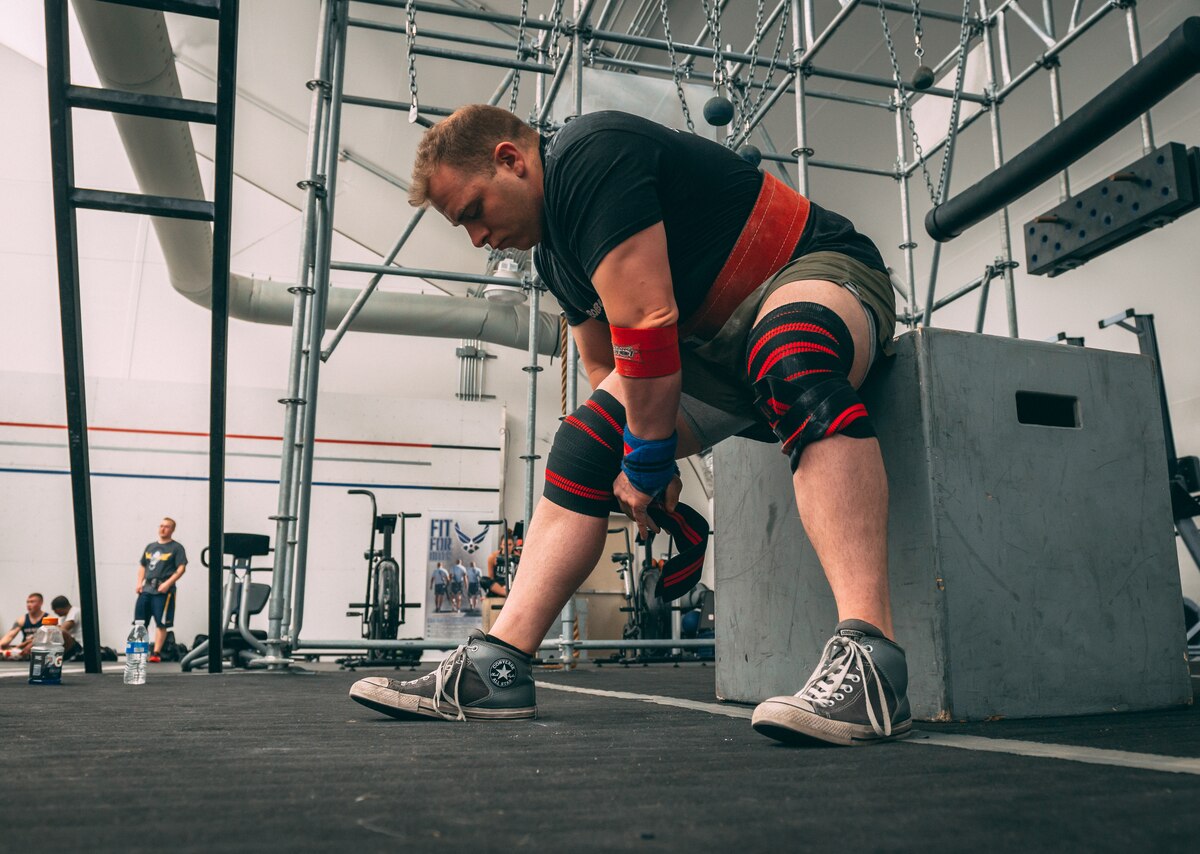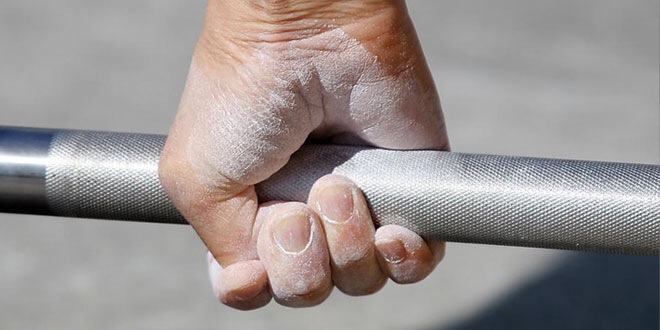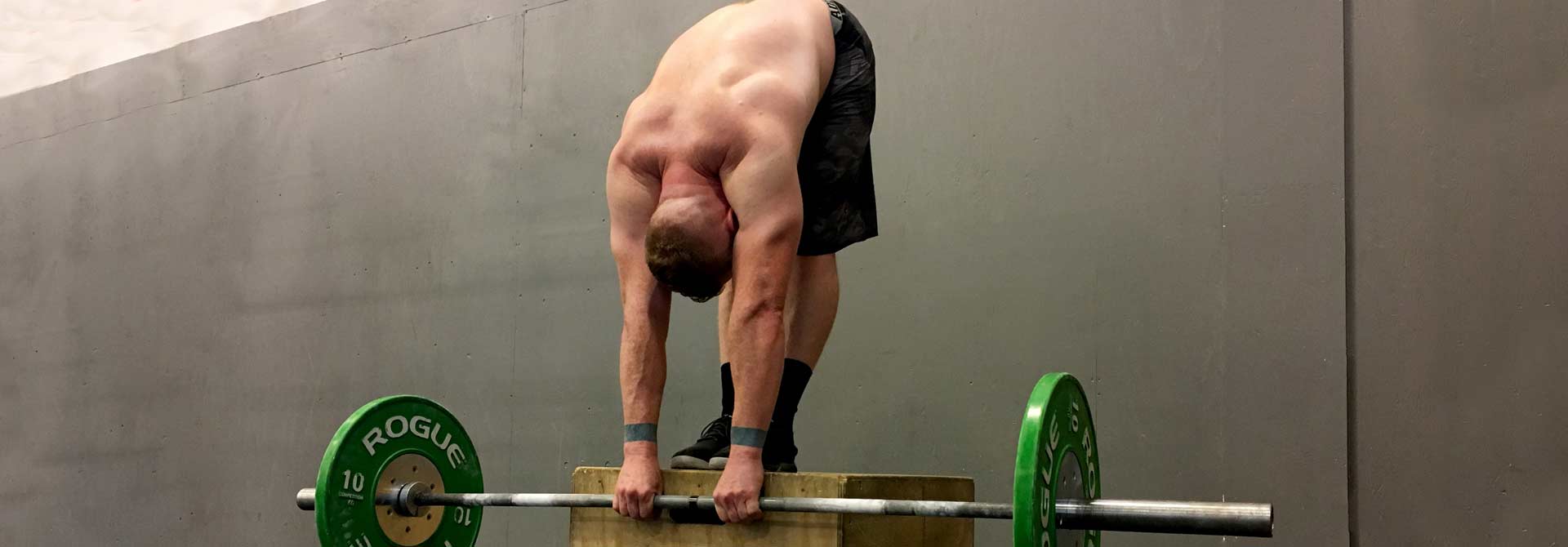Are powerlifting shoes a thing? Sort of. Powerlifting shoes exist in the context that some shoes are better for powerlifting than others, but for the most part, lifters wear either a.) hard-soled sneakers, b.) weightlifting shoes, or c.) deadlift slippers, which might as well just be repurposed Wushu slippers. There aren’t really any specialized powerlifting shoes, as far as I am aware.
What do all these things have in common? Flat and/or sturdy soles, or unbelievably thin soles (so you’re as close to the floor as possible in the deadlift. Powerlifting, like weightlifting (and martial arts) is a sport where a proper foundation is critical to avoid injury. A cushion will screw you, and it’ll screw you hard. I really don’t think I need to cite any serious sources here. Just try to do pushups on a soft surface and then try them on a proper floor. Added instability forces you to begin focusing on keeping steady and avoiding a loss of balance that might lead to injury, while a firm, hard sole will keep you nice and stiff.
Avoid running shoes, basketball shoes, and cross-training shoes. These are shock-absorbing shoes designed to feather a long jump or heavy impact. They’re meant to protect your ankles and joints during forward movement, and in the case of basketball shoes, lateral movement as well. However, they’re shoes that are made with a moving and jumping foot in mind. In powerlifting, your feet should be firmly planted and rooted into the Earth. They should not be moving.
Pick up a cheap pair of Chuck Taylors, or $20 Chinese weightlifting shoes. They won’t last you very long, but you can give them a spin and see if you like the raised heel or not before you invest in an Adipower or a Reebok shoe or something. You can also squat, bench press, and deadlift in socks and bare feet, although keep in mind that most competitions don’t allow that and if you don’t have a home gym, people are probably gonna think you’re really nasty. Ignore the argument that training barefoot is somehow more dangerous than training with cheap shoes. You think a pair of Converse are gonna make much of a difference when you drop a plate on your toe?
Why Do Shoes Matter So Damn Much?
The shoes you wear and why you wear them are important both in the context of general living, and sports. Our shoes shape the way we walk and move, and they contribute to the health, stability, and strength of our feet.
I generally recommend that people spend most of their time barefooted, and address any issues regarding weak or lazy feet, including flat arches and ankle pronation/supination. Note that I am not a podiatrist. I’m just a guy who cares about being healthy enough to lift a lot of weight, and having healthy feet is where it all starts. Bad feet = bad ankles, which = bad knees and bad lifts.
When we’re lifting weight, we’re not actually placing that much more stress on our joints. Your knees and ankles have to work harder doing long jumps than heavy squats. Stopping the momentum of your full bodyweight being flung through the air and landing on two small feet requires a lot of force. However, in the interest of avoiding injury, one thing we absolutely need when lifting heavy weight is balance.
Every squat and deadlift should be performed from midfoot. A good way of figuring out what that means is to grab a small 1.25kg or 2.5kg, and placing it under your foot so the donut hole of the plate is at the very center of your foot, about where you would tie your shoelaces. Then squat, or deadlift. Ideally, you should be stable on that little plate.
If you aren’t, you’re probably prone to shifting forward or backward during your lifts. This affects the entire joint mechanics of both lifts, making them harder than they need to be (poor bar path in the squat from leaning forward can cause you to work much harder with your hips and back to finish the lift), and leaving you open to injury.
However, the risk of getting hurt is much higher if you’re lifting on a completely unstable base. This forces the muscles in your legs to work on not only extending the knees and hips but also keeping your knees and ankles stable as your feet are fighting to get steady.
Flat Soles vs. Squat Shoes
Okay, so we need a hard sole. But why pick weightlifting shoes? Isn’t this about powerlifting shoes? Well, you can certainly train in a simple and flat sole, and that’s what I do. But if you’re also like me and suffer from relatively poor ankle mobility, you might get better mileage out of shoes that let you squat better. Note that I say squat better, not necessarily deeper. And here’s why I say that.
When I squat, I can only manage to push my knees out a little bit. Enough to hit depth without raising my heels or losing a neutral spine, but I do end up compromising quite a lot by letting my hips track back, and my torso lean forward. It’s not optimal. I haven’t been able to get weightlifting shoes where I live (they’re prohibitively expensive, and I haven’t found a good place to ship them from), but I’d give a pair a try in a heartbeat. Weightlifting shoes raise your heel ever so slightly, which allows you to push your knees forward more.
If I were to maintain the same depth but push my knees forward more, I’d be able to get my hips a little more under the bar, which would help me stay more upright throughout the lift, while making more use of my quads, thus putting more weight on the bar overall as I could more efficiently expend the strength in my quads before naturally shooting in with my back and hips during the sticking point of the lift, and then shift back onto the quads to finish.
I’m not the only one. Some people are blessed with great mobility, and easily squat ass to grass. Others have enough mobility that they can squat optimally with a flat sole. I can squat, sure, and it’s technically sound, but it’s not quite optimal. A raised heel would help me test drive a more efficient technique – hips forward, traps back, otherwise known as a more upright torso. If this is your problem, a cheap weightlifting shoe might be a great answer for you too.
Can Ankle Mobility Be Improved?
Don’t despair, though – I’m living proof that you can improve your ankle mobility. To what degree, however, is a matter of contention. I haven’t been able to make that much more progress past a certain point, enough to lift to depth and improve my form, but not enough to make as much use of my quads as I’d like to.
But I’ve still massively improved my ankle mobility over the years. Two major tricks contributed heavily to this improvement:
- Squat more. Make sure to warm up properly, do a few calf raises and stretches, and then go into a deep squat. You don’t need to squat weight – just going down into a squat more often can help you stretch out the tighter parts of the ankle. I find that stretching the calves while my knees are extended doesn’t help much – stretch the calves with your knees bent. Warm up with a seated calf raise machine or make your own by sitting down with a pair of dumbbells on your knees and something stiff under your toes.
- Stretch your calves out on a chair or box. Raise your foot onto a chair or box and lean your entire weight over the leg, so you’re stretching your calf in the bottom of a single-leg squat position. This is also a great warmup for practicing ankle mobility via pistol squats. The pistol squat is the single greatest test of ankle mobility, as you really can’t compensate for decent ankle mobility at the bottom of a pistol squat.
And that’s it, really. I’ve tried countless other stretches and tips, but none of them helped as much as just diligently squatting and trying to achieve a pistol squat. I still use something to raise my heels when training pistols at home (a small 1.25kg plate), and I’m not sure I’ll ever achieve the mobility needed to do them completely unassisted. But that’s alright. I’m not trying to become a weightlifter here.
Some people swear by joint mobilization, in combination with the stretches I’ve mentioned above. That might help you, provided you’ve got the right resistance band. Otherwise, consider seeing a professional (an orthopedist) to address the issue, and ask them if joint mobilization is a possibility. It may help you get the depth you need.
When working on squat depth and ankle mobility, be very careful about foot and knee alignment, and your arches. If you catch your ankles pronating excessively at the bottom of the lift or twisting (causing your feet to point out while your knees point forward), your feet are trying to compensate for poor ankle mobility.
Wearing the right shoes for your training matters. Whether that’s a pair of sneakers, squat shoes, or other powerlifting shoes is entirely up to you. Just don’t wear cushioned shoes.
Want to lift heavier and avoid injuries? 💪🔥
Download our FREE '5-Minute Warm-Up Routine for Maximum Lifting Performance' and get primed for every workout!
Click below to grab your copy now!👇
👉 Download the Free Guide




